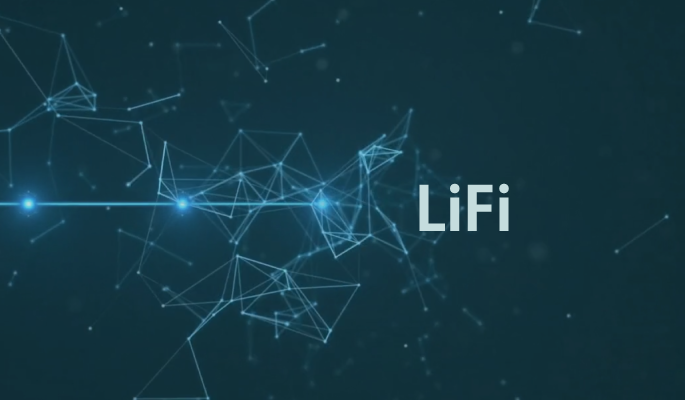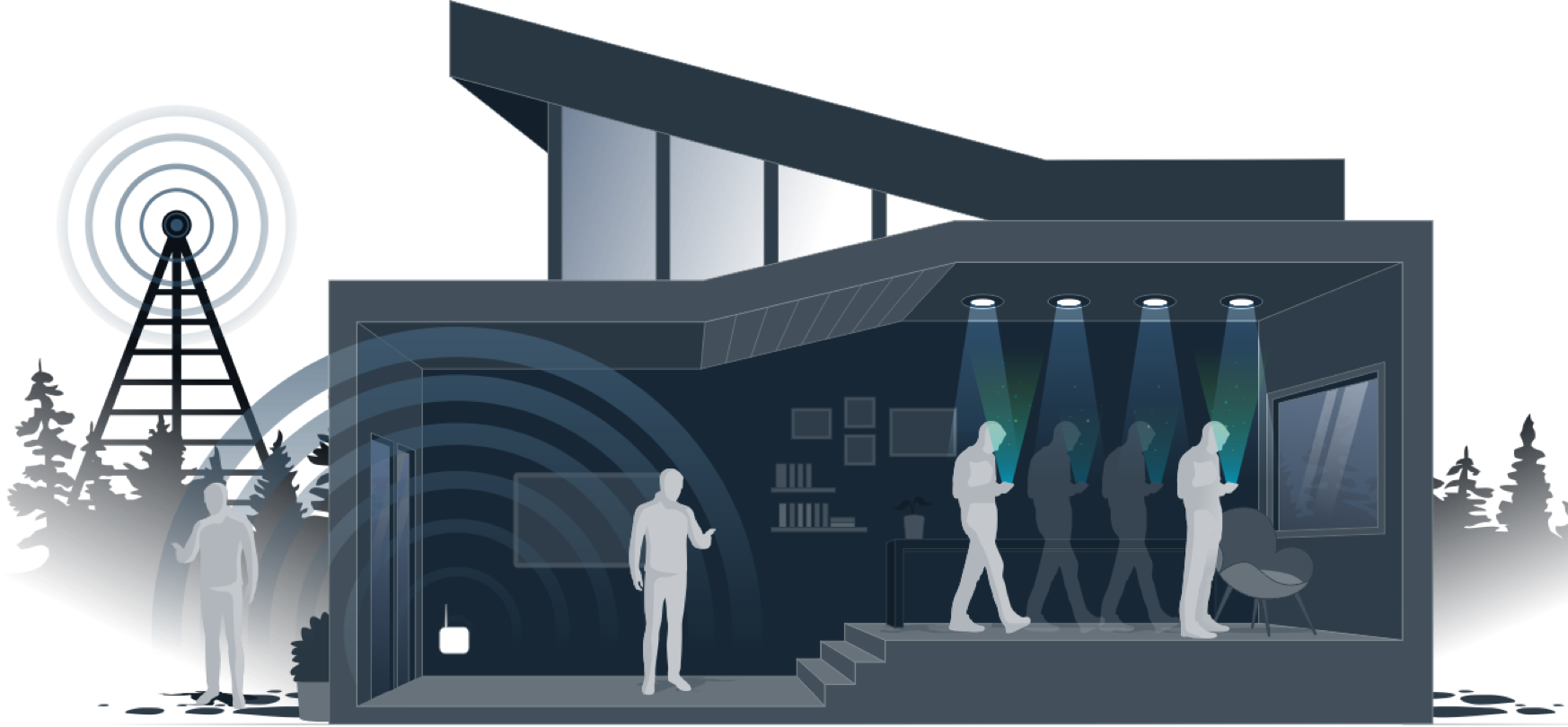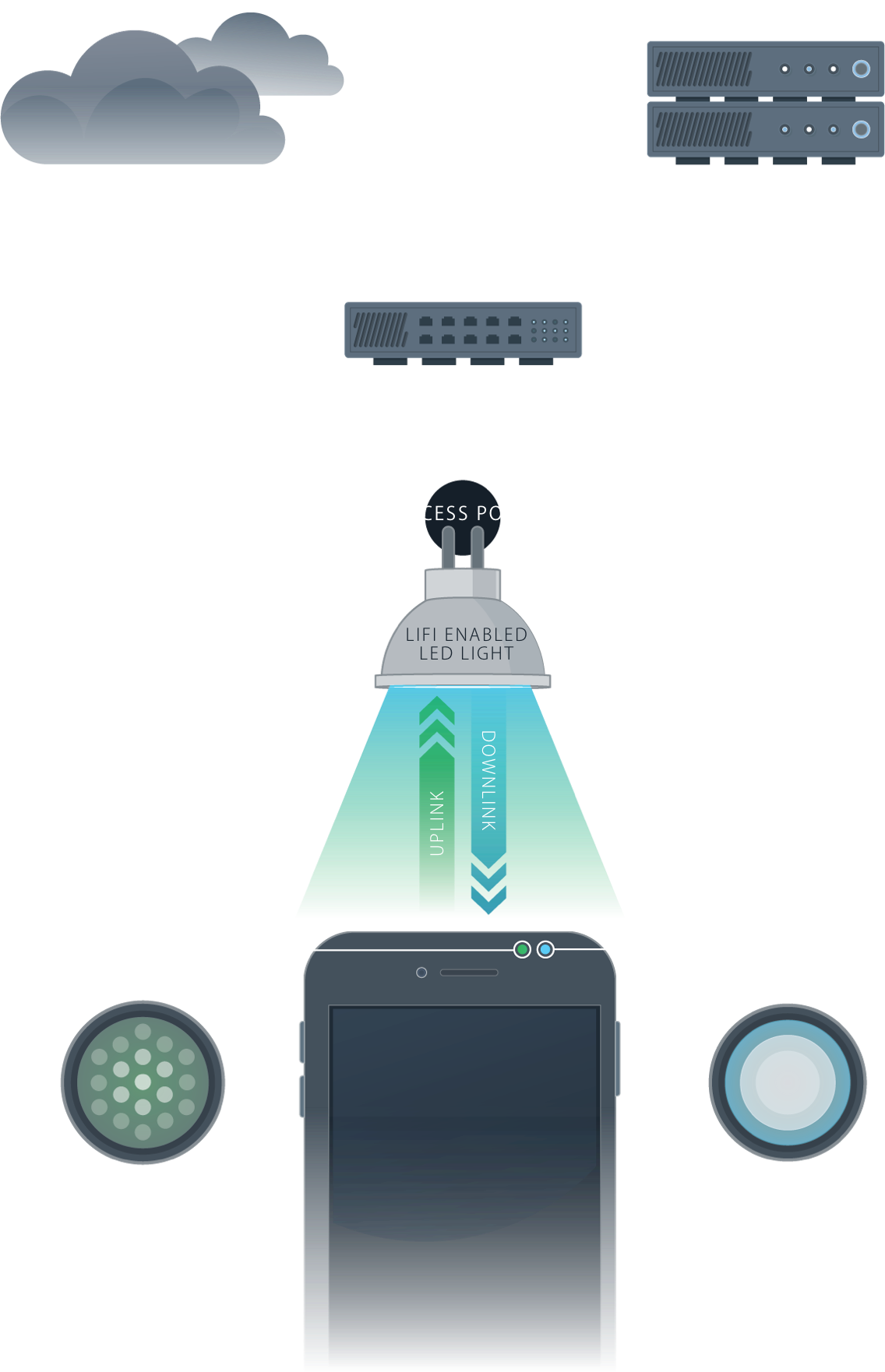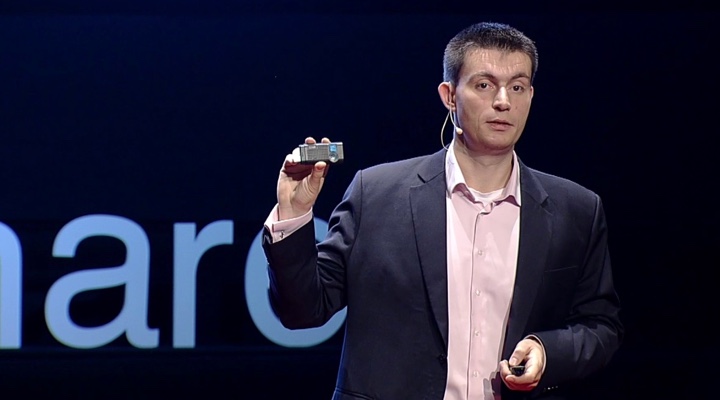LiFi can work indoors, outdoors, with the lights dimmed and is not strictly line-of-sight technology. pureLiFi’s technology is also LED agnostic which means it works with many off-the-shelf LED’s.
The way LiFi works is simple but powerful. When a constant current is applied to an LED light bulb, a constant stream of photons are emitted from the bulb which is seen as illumination. LED bulbs are semiconductor devices, which means the current, and therefore the illumination can be modulated at extremely high speeds which can be detected by the photo-detector. Using this technique allows for high-speed information can be transmitted from an LED light bulb.
Radio frequency communication requires radio circuits, antennas and complex receivers, whereas LiFi is much simpler and uses direct modulation methods similar to those used in low-cost infrared communications devices such as remote control units. LED light bulbs have high intensities and therefore can achieve very large data rates.
